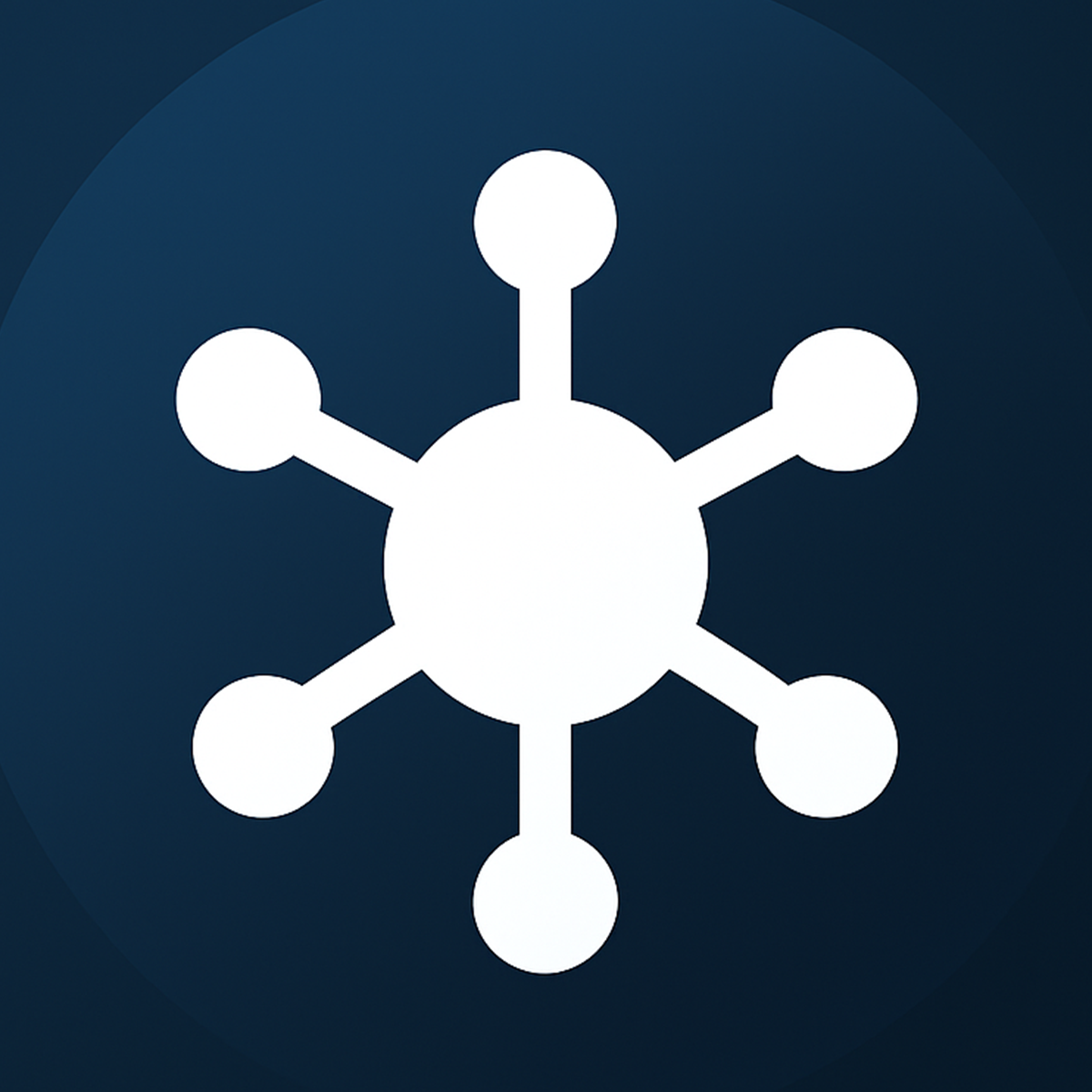Table of Contents
- Kaufland Integration: A Game-Changer for Shopify Sellers
- Benefits of Connecting Shopify to Kaufland
- Setting Up the Connection
- Best Practices for Success
- Common Challenges and Solutions
- Wrap-up
- FAQ
Kaufland Integration: A Game-Changer for Shopify Sellers
Did you know that Kaufland, a major German retailer, reaches over 20 million customers weekly? This staggering number highlights the potential for Shopify sellers looking to expand their reach in the European market. By connecting your Shopify store with Kaufland, you’re opening doors to a vast customer base and potentially boosting your sales significantly.
The Kaufland marketplace offers a unique opportunity for e-commerce businesses to tap into a well-established retail network. However, managing multiple sales channels can be complex and time-consuming. This is where integration tools come into play, simplifying the process and allowing sellers to focus on growth rather than juggling different platforms.
Efficient multi-channel selling is crucial for e-commerce success in today’s competitive landscape. Let’s explore how connecting Shopify with Kaufland can enhance your business operations and expand your customer reach.
Why Kaufland Matters for Shopify Sellers
Kaufland’s strong presence in the German market and its expansion into other European countries make it an attractive platform for Shopify sellers looking to grow their business. Here’s a quick look at Kaufland’s market presence:
| Metric | Value |
|---|---|
| Weekly Customers | 20+ million |
| Store Locations | 1,300+ |
| Countries | 7 European nations |
These numbers demonstrate the potential reach for your products when you connect your Shopify store to Kaufland.
Benefits of Connecting Shopify to Kaufland
Integrating your Shopify store with Kaufland offers several advantages:
• Expanded market reach
• Increased sales potential
• Simplified inventory management
• Streamlined order processing
• Enhanced brand visibility
By leveraging a Kaufland app for Shopify, you can automate many aspects of selling on multiple platforms, saving time and reducing errors.
Setting Up the Connection
Connecting your Shopify store to Kaufland involves several steps:
1. Choose a reliable integration tool
2. Install the Kaufland app on your Shopify store
3. Configure your account settings
4. Map your product categories
5. Sync your inventory and pricing
While the process may seem daunting, using a tool like Tom IT Marketplace Connect can simplify these steps significantly. This app, priced from $19.99 per month with a free trial option, supports various marketplaces including Kaufland, making it easier to manage multiple sales channels from a single dashboard.
Key Features to Look for in an Integration Tool
When selecting a tool to connect Shopify with Kaufland, consider these essential features:
• Real-time inventory syncing
• Automated order management
• Bulk product listing capabilities
• Analytics and reporting functions
• Customer support and documentation
Choosing the right integration tool can make or break your multi-channel selling strategy. It’s crucial to select one that aligns with your business needs and growth plans.
Best Practices for Success
To make the most of your Shopify-Kaufland integration, follow these best practices:
1. Keep your product information consistent across platforms
2. Regularly update your inventory to avoid overselling
3. Monitor your performance metrics and adjust your strategy accordingly
4. Provide excellent customer service to build a positive reputation
5. Stay informed about Kaufland’s policies and requirements
Implementing these practices can help you maximize the benefits of selling on multiple platforms while minimizing potential issues.
Common Challenges and Solutions
While connecting Shopify with Kaufland offers numerous benefits, it’s not without its challenges. Here are some common issues and how to address them:
| Challenge | Solution |
|---|---|
| Inventory discrepancies | Use real-time syncing tools |
| Order fulfillment delays | Implement automated order processing |
| Product listing errors | Double-check category mappings |
Addressing these challenges proactively can help ensure a smooth selling experience across both platforms.
Wrap-up
Connecting your Shopify store with Kaufland can significantly expand your e-commerce reach, especially in the European market. By leveraging the right tools and following best practices, you can streamline your multi-channel selling process and tap into new customer bases.
Remember, the key to success lies in choosing the right integration solution. Tom IT Marketplace Connect offers a comprehensive set of features designed to simplify the process of connecting Shopify with various marketplaces, including Kaufland. With its user-friendly interface and robust functionality, it’s an excellent option for sellers looking to expand their online presence efficiently.
FAQ
Q: How long does it take to set up a Shopify-Kaufland connection?
A: With the right tools, setup can be completed in a few hours. However, fine-tuning your listings and settings may take a few days.
Q: Can I manage orders from both Shopify and Kaufland in one place?
A: Yes, integration tools like Tom IT Marketplace Connect allow you to manage orders from multiple platforms in a single dashboard.
Q: Is it necessary to use a third-party app for Shopify-Kaufland integration?
A: While not strictly necessary, using a third-party app like the one available at https://apps.shopify.com/marketplace-order-connector can significantly simplify the process and provide additional features for managing your multi-channel sales.
By taking advantage of tools designed for multi-channel selling, you can focus on growing your business rather than getting bogged down in the technical details of platform integration. As the e-commerce landscape continues to evolve, staying adaptable and leveraging the right technologies will be key to your success.





